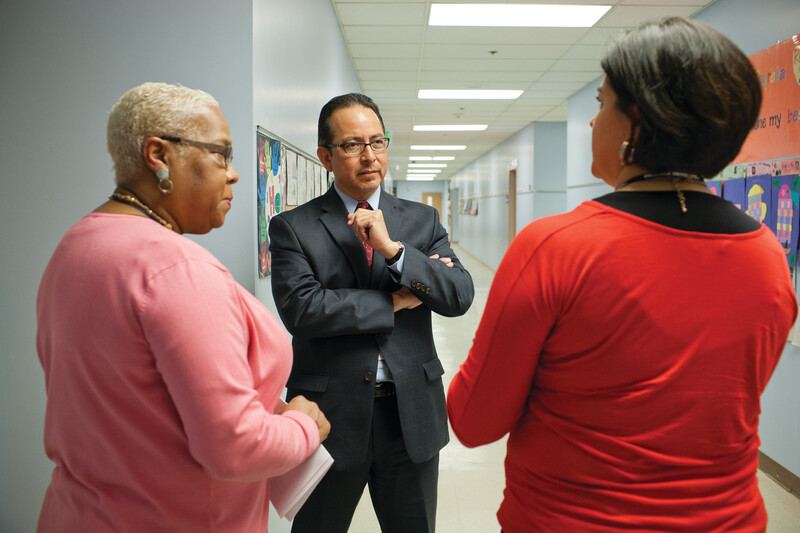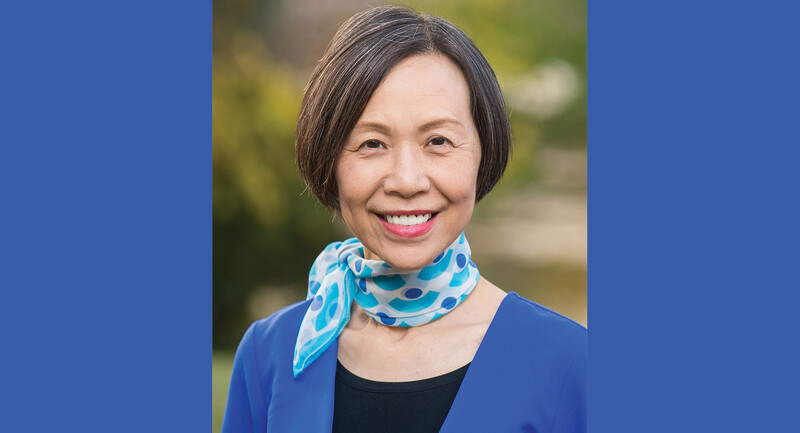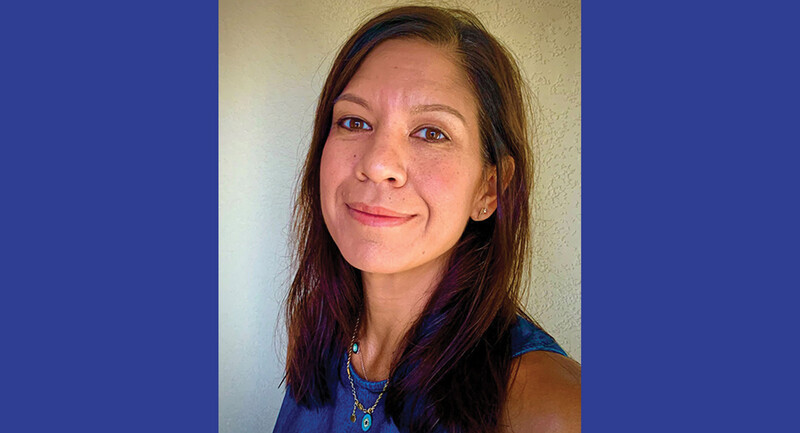Principals have traditionally used teacher supervision as a means of quality control, a way to judge teachers' competence in the classroom. But despite its evaluative flavor, supervision is increasingly being viewed as a key tool for improving instruction (Glanz & Behar-Hornstein, 2000). Many principals we work with would like to transform their teacher observations into what American Federation of Teachers President Randi Weingarten (2010) calls "constructive evaluation" in which the principal's role is not to pass judgment on teachers, but to work withthem in a process of continuous instructional improvement.
However, principals have told us they find it challenging to make their supervisory practice consistent with this new vision. Supervision is usually associated with a formally recorded evaluation. As one elementary principal told us, she tries to debrief with teachers after observing a lesson but, "If you hand teachers the piece of paper, they don't hear anything you say. They're looking at the paper to see what [grade] you gave them."
For more than 10 years, we and our colleagues at Education Development Center have worked with elementary and middle school principals who seek to improve their supervision of mathematics instruction. We've created professional development materials, offered courses, and conducted research at schools with vastly different demographics. We focus on helping principals reorient their supervision to improve the skills of math teachers who meet or exceed baseline standards of professional skill and knowledge (although we recognize that supervision also involves dealing with chronically ineffective teachers).
We have found that principals are in great need of support for taking on this "constructive evaluation" role, particularly when it comes to mathematics. Both principals and teachers have told us they often feel dissatisfied with the prevailing modes of teacher supervision, and that evaluations themselves rarely result in significant improvements to instruction. An evaluative focus exacerbates a power dynamic that, to some degree, is inherent in the hierarchical relationship between principal and teacher. Fortunately, we have found paths through the tension that lead to productive collaboration between administrators and teachers and motivate everyone involved.
The "Principal as Critic" Role
As the principal's comment cited earlier suggests, teachers are apt to focus more on their principal's rating of their performance than on the learning opportunities afforded by reflecting together about the lesson. The trepidation teachers feel about supervision is understandable; many carry with them a history of principals judging their teaching after a handful of cursory observations and providing only perfunctory, generic comments for improvement. In general, principals have been trained to make judgments about instructional quality and dispense advice rather than to explore with teachers how instruction supports student learning.
This tendency toward giving advice is particularly problematic in mathematics, an area in which principals often operate from outmoded perspectives on teaching and learning (Nelson & Sassi, 2005; Spillane, 2000). Even when principals have had some exposure to mathematics instruction, many focus on surface features of lessons, such as small-group work and use of manipulatives, rather than on students' conceptual understanding. Many principals believe that their own mathematics training is inadequate for making knowledgeable contributions to teachers' practice, so they skirt the actual substance of lessons. This lack of experience and comfort with mathematics makes it all the more important that principals develop strategies to help them dig deeply into instruction with teachers.
Although principals may genuinely see supervision as a chance to support their faculty by sharing ideas, teachers often keenly feel the power differential. What may be intended as helpful advice can feel to teachers like criticism cloaked in softer language. Principals are aware of this dynamic. At one of our professional development courses, a principal joked, "I don't call it criticizing; I call it constructive feedback." His comment was met with uncomfortable laughter from other participants, perhaps indicating that despite efforts at changing the tone of supervision, many school leaders find that the role of "principal as critic" still trumps collaboration in supervisory conversations.
Constructive Conversations
Shift the Focus to Students' Thinking
Unless there is a significant shift in what principals and teachers discuss during supervision—and how they discuss it—the specter of evaluation will still pervade these interactions. In our experience, the tension can be reduced when supervision is framed as a collaborative exploration of students' mathematical thinking and of the kinds of instruction that would promote further learning. We have seen administrators we work with make this shift successfully.
Consider the work of Harriet Umsel, an elementary school principal who is particularly skilled at discussing students' mathematical thinking with teachers. We observed Ms. Umsel engage in various aspects of teacher supervision—discussing a lesson that she was planning to observe, observing the lesson itself and taking notes about things students said or did, and debriefing with the teacher after the observation. In each case, Ms. Umsel engaged the teacher in reflecting on students' mathematics talk and examining students' work. She helped teachers consider instructional moves that would capitalize on current student thinking to promote further learning.
For example, Ms. Umsel observed Abby Howard teaching a lesson to her 1st graders that included the problem, "There were 14 children on the playground, and then 5 children went away. How many children are still on the playground?" Students used a variety of solution strategies; some used cubes, others counted on fingers, drew pictures, or used known math facts. All the students recorded their work on paper. During the post-observation conference, Ms. Umsel and Ms. Howard discussed several students' work in depth. Together, they organized the student strategies into groups on a continuum from less to more sophistication.
Ms. Umsel: So you have quite a range here. It looks like we have kids who represented [the problem] with pictures or counters. Counters seem to be the first pass. And then [some students were] able to represent what they did with counters with pictures. . . . The next part of the spectrum is those kids who used pictures but didn't need the counters. They could create a more abstract way of representing it.
Ms. Howard: It feels to me that there is a space here [in the progression of students' strategies]. There's something in the middle [of the progression], and I'm not sure what it is. Maybe it's that they start to use the cubes. They start to say, "OK, I've got 14, I'm going to take 4 away to get to my 10, and then take one more away." . . . [They] begin to decompose the numbers.
Ms. Umsel: It seems to me that these kids [gesturing to one group of solutions] are looking at the whole as one thing and those kids [gesturing to a second group of solutions] can see the numbers inside of it.
Ms. Umsel and the teacher drew tentative conclusions about students' ideas about subtraction. They also considered instructional techniques that would encourage students to use more efficient strategies. For example, Ms. Umsel speculated on how students might respond if Ms. Howard chose students whose work represented different categories of solutions and had those learners present their work to the class.
Ms. Umsel: If you had in mind some children at different levels to share, and spent more time [with the whole group] sharing three or four examples, what would that have done?
Ms. Howard: Like sharing one of each type of thinker?
Ms. Umsel: Yes. [You might say] "I'm seeing several models of problem solving." And what if you chose one from each pile . . . and then explored them in depth?
Notice that Ms. Umsel did not have to be a mathematics specialist to engage in collaborative reflection focused on student thinking. In fact, she did not consider herself particularly strong mathematically. However, she did call on her understanding that students often use concrete representations to aid thinking before they move on to more abstract ones and on her view of learning as a process of constructing knowledge—a process that applies to both students' mathematics learning and teachers' learning. She also had to bring a genuinely reflective stance to the collaborative inquiry.
In her conversation with Ms. Howard, Ms. Umsel reinforced aspects of instruction that her school district featured in its professional development for teachers—and that she expected teachers to enact. For example, she used their joint consideration of student work on the sample problem to focus Ms. Howard's attention on differences in students' problem-solving strategies, with an eye to exploring the progression of learners' understandings about number and operation that such work revealed.
In addition, rather than prescribe the best way to conduct a whole-group discussion, Ms. Umsel asked Ms. Howard to consider what one possible technique—presenting selected students' solutions to the whole class—might accomplish. Thus Ms. Umsel made clear her expectation that teachers should continuously refine their practice by seeking to understand how their students are thinking and should adjust instruction accordingly.
Position Yourself as a Collaborator
Another challenge for principals is to shift their role away from that of expert to that of colleague. In our professional development courses, we ask principals to reflect on how they talk with teachers during conferences. To what extent, for example, do they give advice, ask questions, criticize, collaborate, or praise? Although each of these modes of communication is important, we find that principals typically report spending most of their time giving advice and praising or criticizing teachers, thereby reinforcing the hierarchical relationship.
Principals are often uncertain about how to initiate and sustain collaborative conversations. One way they can begin to change their mode of communication is to talk to teachers about what they, themselves, found intriguing when observing a lesson. One principal who was carrying this new stance into his discussions with teachers reflected,
I feel like I'm so much in the learning curve right now that it's actually opened up conversations. . . . I start a lot of conversations with, "I'm just so intrigued by this" or "I saw this." Putting myself in the role of the learner has been really neat in the way that teachers will converse.
As principals grow in their ability to notice students' mathematical thinking, it becomes easier for them to initiate collegial conversations. Rather than starting with things the teacher could do better, principals enlist teachers in exploring students' mathematical sense-making.
What kinds of mathematical sense-making are students doing?
What partially formed ideas are students working with?
What ideas seem to be well understood?
What mathematical ideas seem confusing to students?
What might the root of the confusion be?
What new thinking might this confusion lead to?
Mr. Taylor found that by starting his post-observation debriefings with questions like these, he and the teacher were more likely to end up as problem solvers rather than as one powerful evaluator and one—possibly nervous—focus of evaluation. He could help teachers focus on their students' thinking and consider how their own instructional moves would enhance students' understanding. He found that post-observation conferences had longer-lasting effects; teachers extrapolated from the discussion of one specific lesson to reflect on more general principles of mathematics instruction.
One of Mr. Taylor's faculty members observed,
In these conversations [with the principal] I grew, I became more reflective and more comfortable talking about teaching math. The focus of our observations was not for me to perform for a piece of paper in my file, but to help me continue to grow as an educator through meaningful, insightful conversations. I can now see that [he] was providing for me the same things I try to provide for my students.
Shared Enterprise
There are many ways principals can foster mathematics learning in schools, such as developing a clear vision for instruction, creating time for joint teacher planning, and identifying professional development opportunities. But they shouldn't neglect instructional supervision as an opportunity to delve into students' thinking and catalyze teachers' professional growth. Constructive evaluation can create a sense of shared enterprise between principal and faculty. Reframing supervision as collaborative inquiry reinforces one important message—we're all in this work together.









